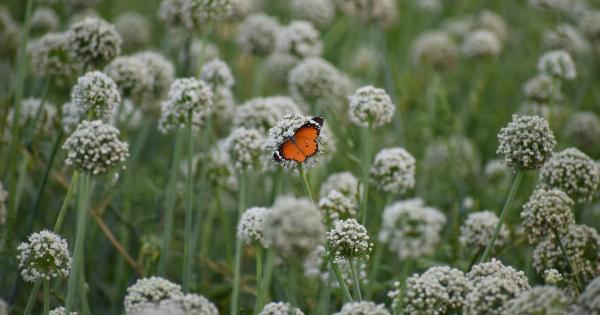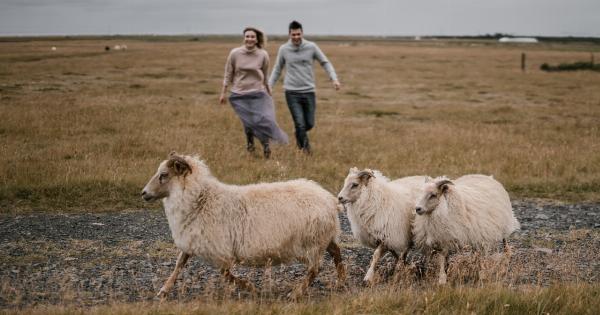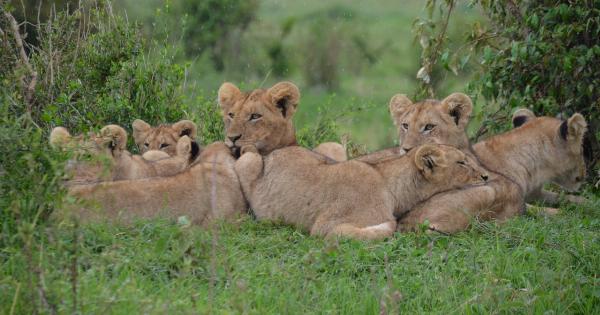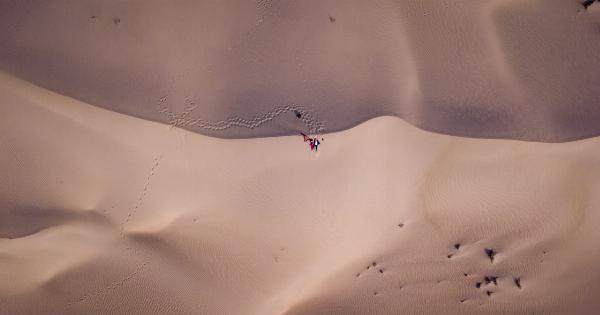World Wildlife Awareness Day is a significant event celebrated globally to create awareness about the importance of wildlife conservation and the need to protect the planet’s biodiversity.
This day serves as a reminder of the alarming rate at which species are disappearing and the urgent actions required to address this issue.
The Importance of Wildlife Conservation
Wildlife plays a vital role in maintaining the balance of ecosystems. Each species contributes to the stability of their respective habitats, ensuring the survival of other organisms in the food chain.
Wildlife also provides numerous direct and indirect benefits to humans.
The Threats to Wildlife
Unfortunately, wildlife is facing numerous threats due to human activities. Habitat loss, pollution, climate change, poaching, and illegal wildlife trade are some of the major challenges.
These factors have led to the decline of many species, some of which are at the brink of extinction.
The Role of World Wildlife Awareness Day
World Wildlife Awareness Day aims to raise public awareness about the threats faced by wildlife and their habitats. It encourages individuals, communities, organizations, and governments to take action to protect and conserve wildlife.
Creating Awareness
One of the primary goals of World Wildlife Awareness Day is to educate and inform people about the importance of wildlife conservation.
By organizing educational programs, workshops, exhibitions, and awareness campaigns, this day empowers individuals to make a positive difference in their daily lives.
Wildlife Conservation Efforts
World Wildlife Awareness Day serves as an opportunity to highlight and promote ongoing conservation efforts undertaken by various organizations and governments.
These initiatives include the establishment of protected areas, habitat restoration, captive breeding programs for endangered species, and efforts to combat illegal wildlife trade.
Empowering Local Communities
Engaging and involving local communities is crucial for the success of wildlife conservation efforts. World Wildlife Awareness Day emphasizes the importance of community participation and empowerment.
By educating and involving communities in conservation activities, we can ensure the sustainable protection of wildlife and their habitats.
Conservation Success Stories
World Wildlife Awareness Day provides a platform to share inspiring stories of successful conservation initiatives. These stories serve as a source of motivation, demonstrating that positive change is possible.
They also highlight the importance of collective efforts in protecting and preserving our planet’s incredible biodiversity.
The Role of Technology
Advancements in technology have significantly contributed to wildlife conservation.
From GPS tracking of endangered species to satellite imaging for monitoring habitats, these tools enable researchers and conservationists to gather valuable data and take informed actions.
Collaborative Efforts
World Wildlife Awareness Day emphasizes the need for collaboration among various stakeholders. Governments, nonprofit organizations, scientists, local communities, and individuals all play a crucial role in wildlife conservation.
By working together, we can ensure the long-term survival of diverse species and their habitats.
Individual Actions Matter
While global efforts and policy changes are vital, individual actions also have a significant impact on wildlife conservation.
World Wildlife Awareness Day encourages individuals to adopt sustainable practices in their everyday lives, such as reducing waste, supporting ethical tourism, avoiding products derived from threatened species, and promoting responsible consumption.
Conclusion
World Wildlife Awareness Day serves as a call to action, inspiring and empowering individuals to contribute towards wildlife conservation.
By raising awareness, highlighting success stories, and emphasizing the importance of collaborative efforts, we can work together to protect and preserve the incredible diversity of life on our planet.




























